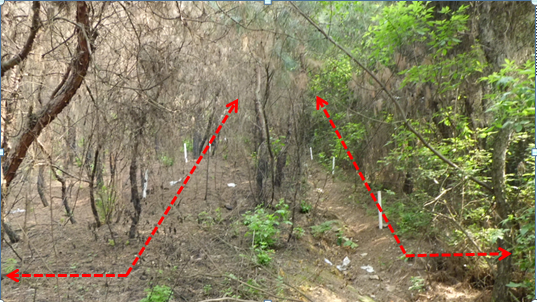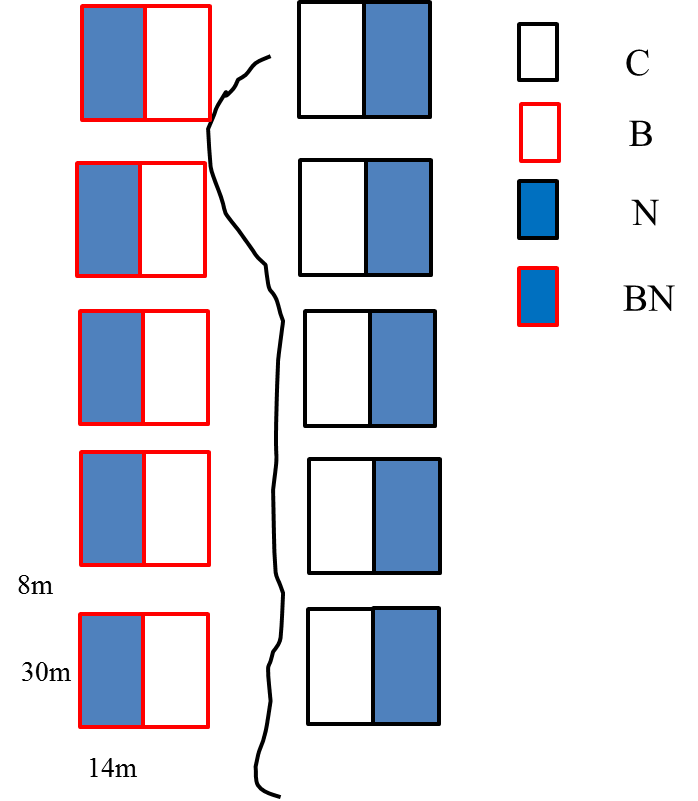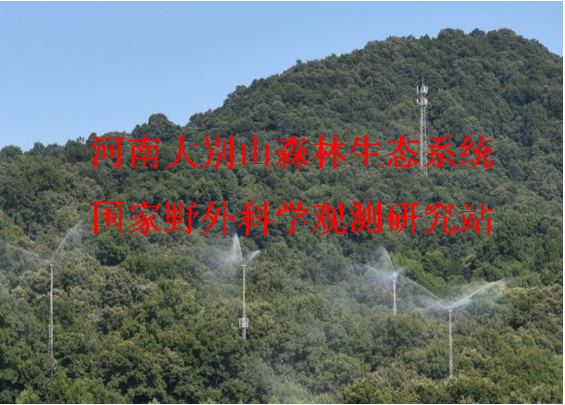科学问题/Scientific Question
Natural and anthropogenic fire is a pervasive disturbance in forests and can directly combust aboveground vegetation and indirectly affect light availability, soil physical, chemical, and biological properties, with subsequent impacts on forest structure, community composition, and ecosystem function. Fire has found reduced fuel nitrogen (N) amount, but increased soil N pool though enhancing soil hydrophobicity and soil N mineralization among a wide variety of terrestrial ecosystems. However, it remains unclear whether N addition affects forest vegetation recovery after fire. The objectives of this study were to address: (1) How do community structure and composition respond to burning and N addition in the coniferous-broadleaf mixed forest? (2) Whether N addition influences the processes of carbon and N cycle and regulatory mechanisms after burning?

(该图片为实验图片,用于在主界面展示实验时用)
实验设计/Experimental Design
The study was conducted at the Xianshan forest region (32° 06′ 52″ N, 114° 01′ 50″ E, 204 m a.s.l.) of Nanwan forest farm in Xinyang City, Henan Province in Central China. The experiment used a paired, nested design with wildfire as the primary factor and nitrogen addition as the secondary factor. There were five pairs of 30 m×30 m plots; the west plot in each pair was defined as burned plot and the east one was unburned plot. Within each plot, two 14 m ×30 m subplots were treated as nitrogen addition and control subplots.

(放置实验设计图)(其它图片可自行酌情放置)
基金支持/Financial Support
实验人员/Members
胡梦君和遆萌萌

